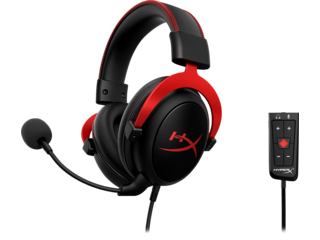Tube Rank: Your Guide to Video Success
Discover tips and insights for optimizing your video presence.
Level Up Your Ears
Transform your listening experience! Discover tips, tricks, and techniques to truly level up your ears and unlock a world of sound.
Understanding the Anatomy of Hearing: How Your Ears Work
Understanding the anatomy of hearing is essential for appreciating how our ears function. The ear can be divided into three main parts: the outer ear, the middle ear, and the inner ear. The outer ear consists of the visible part of the ear, known as the pinna, and the ear canal. It serves to capture sound waves and funnel them towards the eardrum. The middle ear, which contains three tiny bones called the ossicles, amplifies the sound vibrations before passing them to the inner ear. Finally, the inner ear houses the cochlea, a spiral-shaped structure filled with fluid, where sound vibrations are converted into electrical signals that the brain interprets as sound.
In addition to its structural components, the otic system plays a crucial role in maintaining balance. The semicircular canals, located in the inner ear, detect rotational movements of the head and help coordinate balance and spatial orientation. Any disruption in this complex system can lead to hearing loss or balance disorders, emphasizing the importance of understanding the anatomy of hearing. By recognizing how your ears work, you can take better care of your hearing health and appreciate the complex processes that allow us to enjoy the sounds of the world around us.

Top 5 Tips to Protect Your Hearing Health
Protecting your hearing health is essential in today’s noisy world. One of the most effective ways to safeguard your ears is by limiting exposure to loud noises. Whether it's loud music at concerts or machinery at work, try to maintain a safe distance or use ear protection like earplugs or noise-canceling headphones. Consider implementing the 60/60 rule when listening to music: keep the volume at no more than 60% for no longer than 60 minutes at a time.
Regular check-ups with an audiologist can be a vital part of maintaining your hearing health. They can provide you with personalized advice based on your specific situation and detect any early signs of hearing loss. In addition, staying informed about the impacts of certain medications can help: some drugs can have ototoxic effects, which may damage your hearing over time. By staying proactive and aware, you can significantly enhance your chances of preserving your hearing for the long term.
What Are the Common Myths About Hearing Loss?
Hearing loss is often surrounded by a plethora of misconceptions that can hinder individuals from seeking the help they need. One common myth is that hearing loss only affects the elderly. In reality, people of all ages, including children and young adults, can experience hearing difficulties due to factors such as noise exposure, infections, and genetic predispositions. It's essential to recognize that hearing health is crucial at every stage of life.
Another prevalent myth is that hearing aids completely restore hearing to normal. While these devices can significantly enhance auditory perception, they do not cure hearing loss or bring back natural hearing ability. Additionally, some believe that only those with severe hearing loss require assistance, but even mild or moderate hearing loss can impact communication and quality of life. Seeking an audiologist's advice can help in understanding personal hearing needs better.